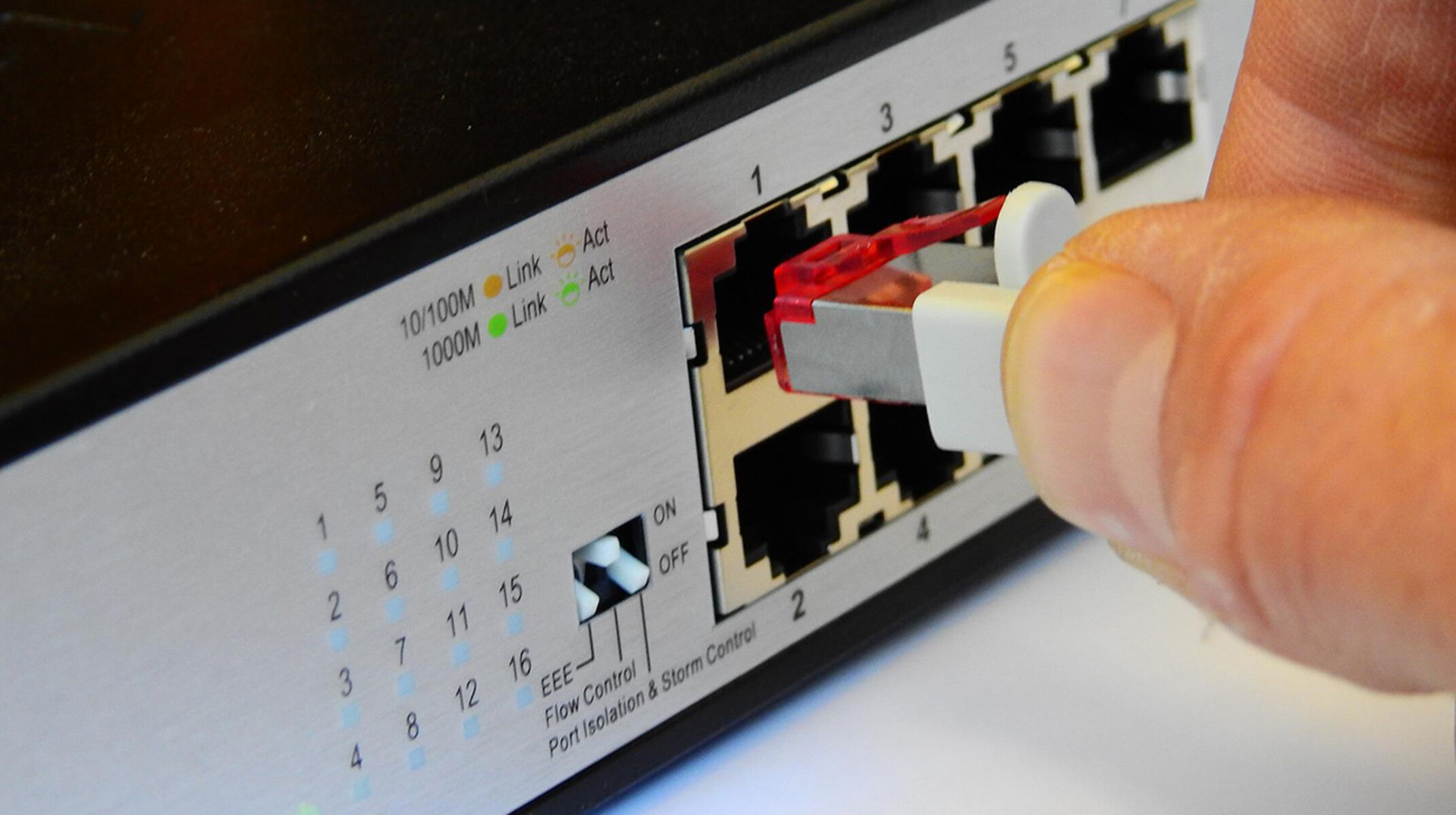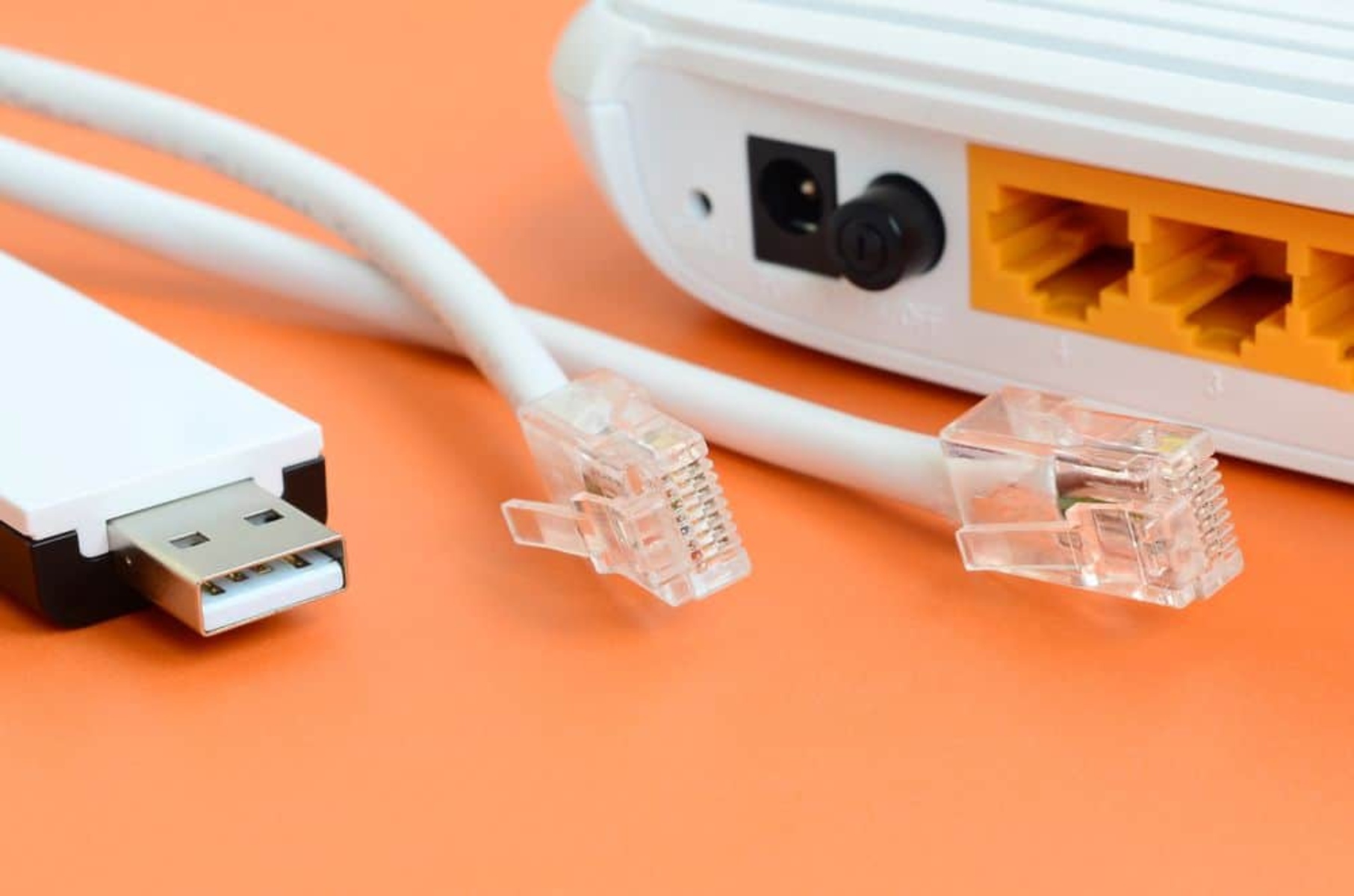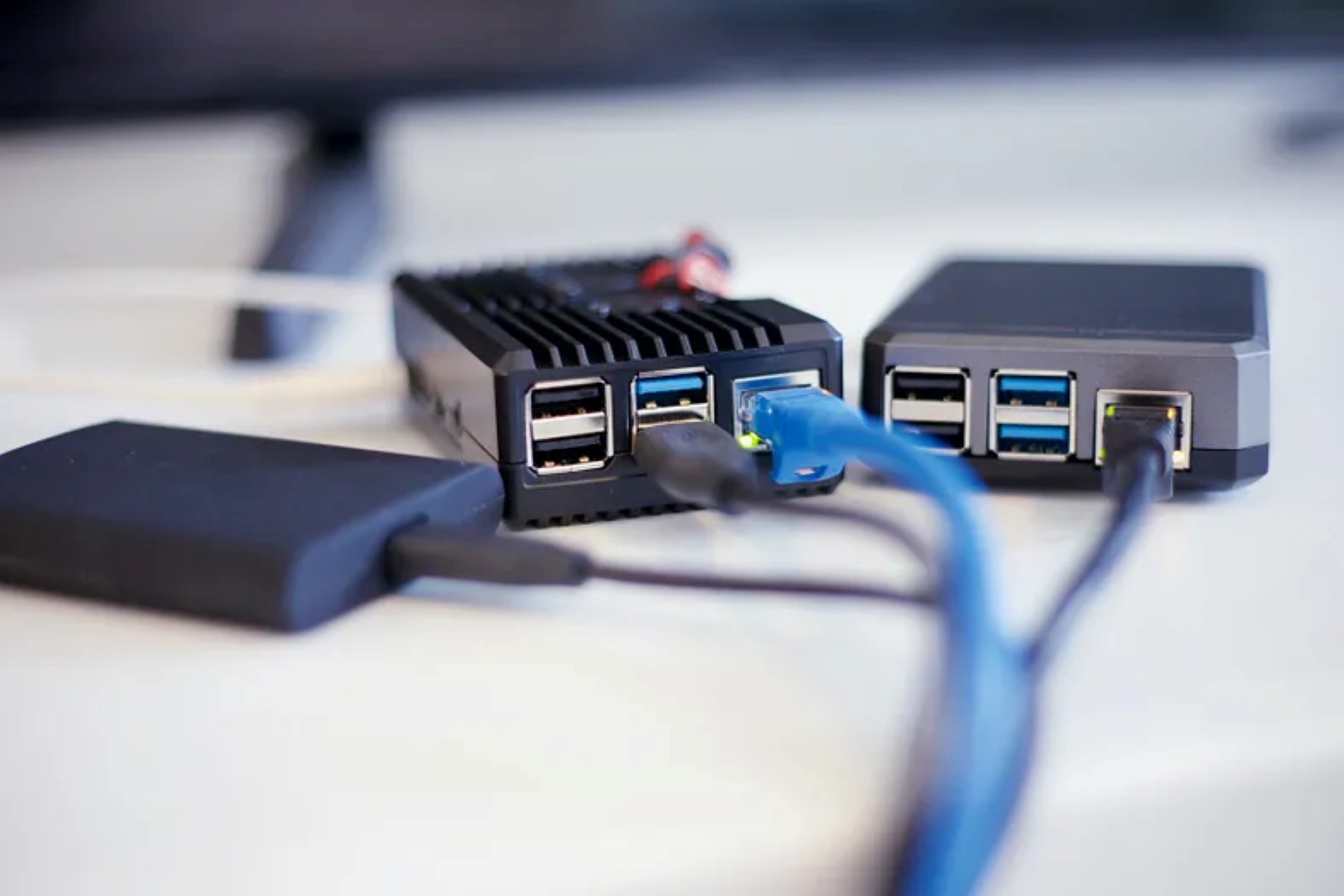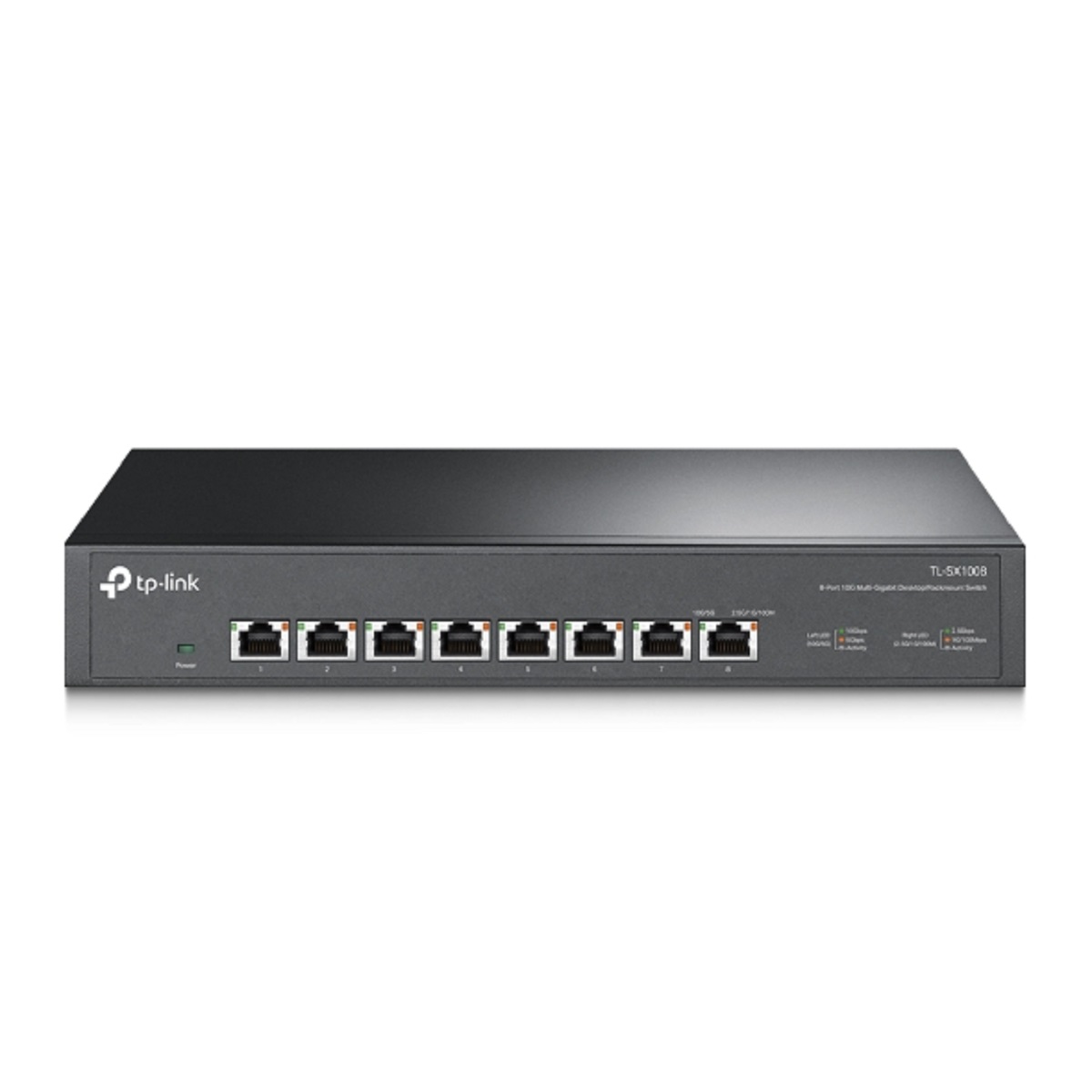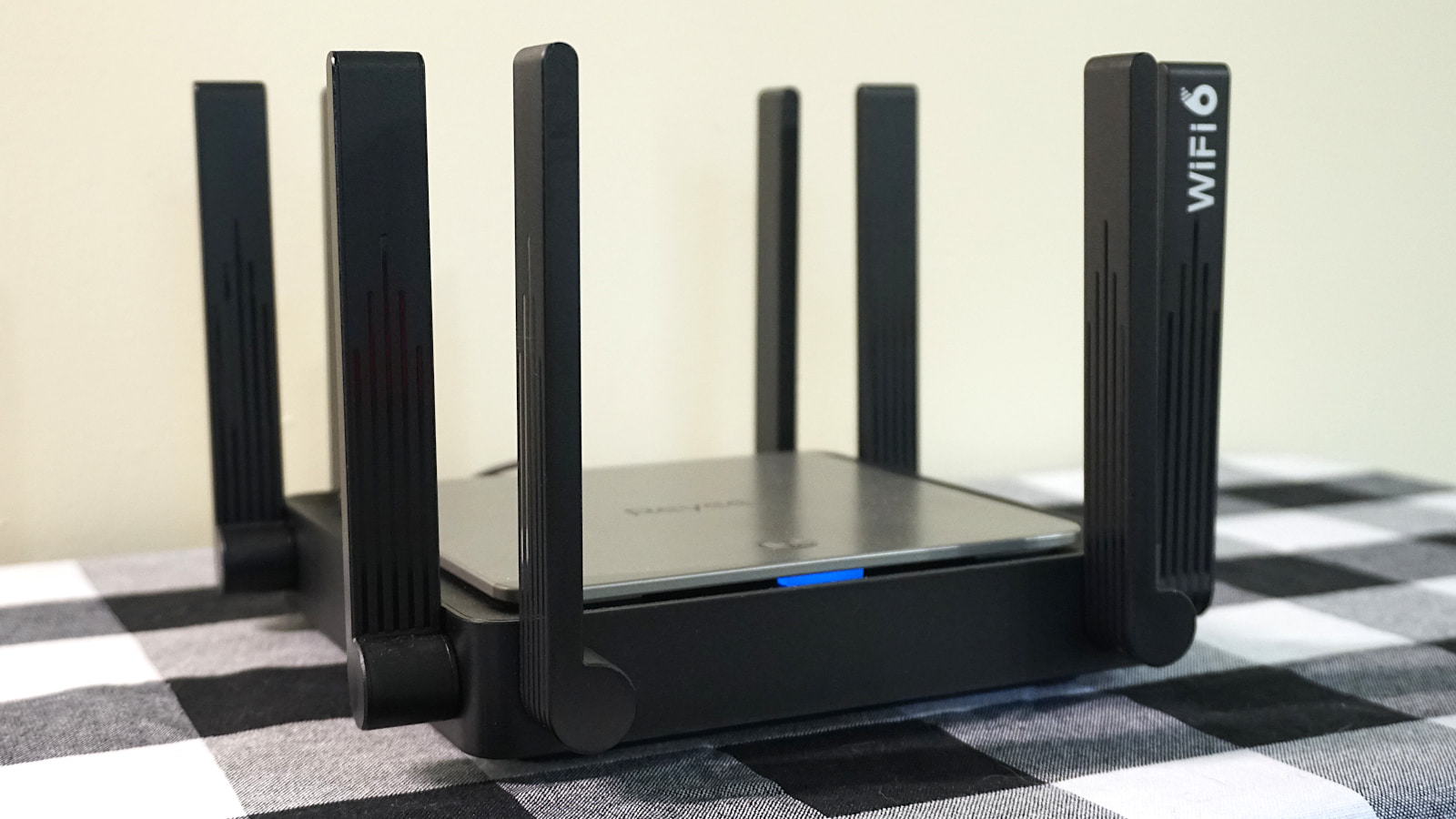Introduction
When it comes to setting up a robust and efficient computer network, one crucial component that often comes into play is the network switch. Understanding the functionality and capabilities of a network switch is essential for anyone involved in network management, whether it's for a small home network or a large enterprise setup. In this article, we will delve into the world of network switches, exploring their purpose, types, and the number of ports they typically feature.
A network switch serves as a central connection point for various devices within a network, facilitating the seamless transfer of data packets between these devices. Unlike a hub, which broadcasts data to all connected devices, a switch intelligently routes data only to the intended recipient, thereby enhancing network efficiency and security. As the demand for high-speed, reliable network connectivity continues to surge, the role of network switches has become increasingly pivotal in ensuring smooth and uninterrupted data flow.
In the subsequent sections, we will explore the different types of network switches, ranging from unmanaged switches suitable for basic home networks to advanced managed switches designed for complex corporate infrastructures. Additionally, we will address the critical question of how many ports network switches typically have, shedding light on the factors that influence the choice of port count for different networking needs. By the end of this article, readers will have a comprehensive understanding of network switches and the crucial role they play in establishing and maintaining efficient data networks.
What is a Network Switch?
A network switch, often referred to simply as a switch, is a fundamental networking device that operates at the data link layer of the OSI model, facilitating the efficient transfer of data between multiple devices within a local area network (LAN). Unlike a hub, which broadcasts data to all connected devices, a switch intelligently forwards data only to the intended recipient, thereby optimizing network performance and minimizing unnecessary data traffic.
At its core, a network switch serves as a central point of connection for various devices, such as computers, servers, printers, and other networking equipment. When a device connected to the switch sends data to another device within the network, the switch uses the Media Access Control (MAC) addresses of the devices to determine the appropriate path for the data to reach its destination. This process, known as packet switching, enables efficient data transmission and reception across the network.
Network switches come in various configurations and sizes, catering to diverse networking needs. They can range from compact, unmanaged switches suitable for small home or office networks to sophisticated managed switches equipped with advanced features such as VLAN support, Quality of Service (QoS) capabilities, and extensive network management functionalities. Additionally, there are also specialized switches designed for specific purposes, such as Power over Ethernet (PoE) switches that can deliver power to connected devices, including IP cameras and VoIP phones, over the Ethernet cables.
With the evolution of networking technologies, modern network switches often incorporate gigabit and 10-gigabit Ethernet ports to accommodate the escalating demands for high-speed data transfer. Furthermore, the integration of advanced security features, such as port security and access control lists, enhances the overall network protection against unauthorized access and potential security threats.
Overall, a network switch serves as a cornerstone of modern networking infrastructures, enabling efficient data communication, resource sharing, and network management. Understanding the functions and capabilities of network switches is crucial for building and maintaining robust and scalable network environments.
Types of Network Switches
Network switches come in various types, each tailored to specific networking requirements and environments. Understanding the distinctions between these types is essential for selecting the most suitable switch for a given networking scenario. The primary types of network switches include unmanaged switches, managed switches, and specialized switches with unique functionalities.
Unmanaged Switches: Unmanaged switches are the simplest form of network switches, typically used in small home or office networks. They operate out of the box without requiring any configuration, making them ideal for users who prioritize plug-and-play simplicity. Unmanaged switches are cost-effective and straightforward, providing basic connectivity for devices within a network without the need for advanced management features.
Managed Switches: Managed switches offer extensive control and configuration options, making them suitable for larger networks and enterprise environments. These switches provide advanced features such as VLAN support, Quality of Service (QoS) capabilities, port mirroring, and network monitoring tools. Managed switches enable network administrators to optimize performance, enhance security, and prioritize traffic based on specific requirements, thereby offering greater flexibility and control over the network infrastructure.
Specialized Switches: In addition to unmanaged and managed switches, there are specialized switches designed to fulfill specific networking needs. For example, Power over Ethernet (PoE) switches integrate power delivery capabilities over Ethernet cables, eliminating the need for separate power sources for connected devices such as IP cameras, wireless access points, and VoIP phones. Moreover, industrial switches are engineered to withstand harsh environmental conditions, making them suitable for deployment in industrial automation and outdoor networking applications.
Each type of network switch serves distinct purposes and caters to varying levels of network management and customization. By understanding the unique features and capabilities of these switches, network administrators and users can make informed decisions when selecting the most appropriate switch for their specific networking requirements.
How Many Ports Do Network Switches Have?
The number of ports on a network switch varies widely and is a crucial consideration when choosing a switch for a particular networking environment. The port count directly impacts the connectivity options and scalability of the network. Network switches are available with a diverse range of port configurations, from compact switches with a few ports to high-density switches equipped with numerous ports to accommodate extensive networking needs.
Unmanaged Switches: Unmanaged switches are commonly available with 5, 8, 16, or 24 ports, catering to small-scale networking setups. These switches are suitable for connecting a limited number of devices within a home or small office environment, providing basic connectivity without the need for complex management features. The compact size and port count of unmanaged switches make them ideal for simple plug-and-play networking solutions.
Managed Switches: Managed switches offer a broader range of port configurations, including 8, 12, 24, 48, and even higher port counts. These switches are designed to accommodate larger networks, providing flexibility and scalability for expanding connectivity requirements. Additionally, managed switches often feature modular designs that allow for the installation of additional port modules, enabling further expansion and customization based on specific networking demands.
High-Density Switches: In enterprise and data center environments, high-density switches with hundreds of ports are commonly utilized to support extensive network infrastructures. These switches are designed to handle the substantial connectivity needs of large-scale deployments, enabling efficient data transfer and communication across a multitude of interconnected devices. High-density switches are often utilized in complex networking environments where a vast number of devices, servers, and other networking equipment require seamless connectivity and data exchange.
When determining the appropriate port count for a network switch, it is essential to consider both the current networking requirements and potential future expansion. Scalability and flexibility play pivotal roles in ensuring that the selected switch can accommodate the evolving needs of the network, thereby avoiding the limitations imposed by insufficient port availability.
Ultimately, the number of ports on a network switch directly influences the network’s capacity for device connectivity and data transfer, making it a critical factor in designing and implementing robust and scalable network infrastructures.
Factors to Consider When Choosing a Network Switch
Choosing the right network switch involves evaluating several key factors to ensure that the selected switch aligns with the specific networking requirements and performance expectations. By considering these essential factors, network administrators and users can make informed decisions regarding the type, port count, and capabilities of the switch, ultimately optimizing network functionality and scalability.
Port Count and Types: The required number of ports and the types of ports, such as Gigabit Ethernet or 10-Gigabit Ethernet, are fundamental considerations when selecting a network switch. Assessing the current device connectivity needs and anticipating future expansion is crucial for determining the appropriate port count and types to support the network’s data transfer and communication requirements.
Managed vs. Unmanaged Switches: Understanding the level of control and management required for the network is essential. While unmanaged switches offer simplicity and cost-effectiveness for basic networking setups, managed switches provide advanced features, including VLAN support, QoS capabilities, and network monitoring tools, enabling greater customization, security, and performance optimization.
Scalability and Flexibility: Evaluating the scalability of the network switch is vital for accommodating potential growth and evolving connectivity demands. A scalable switch, whether through modular expansion capabilities or high port density, ensures that the network can adapt to increased device connectivity and data transfer requirements without encountering limitations.
Power over Ethernet (PoE) Capabilities: For environments requiring the deployment of devices that rely on Power over Ethernet, such as IP cameras, wireless access points, and VoIP phones, selecting a switch with PoE capabilities eliminates the need for separate power sources, simplifying installation and management while providing power and data connectivity over a single Ethernet cable.
Network Security Features: Incorporating robust security features within the network switch, such as port security, access control lists, and secure management interfaces, enhances the overall network protection against unauthorized access, potential threats, and unauthorized data interception. Prioritizing network security is essential for safeguarding sensitive data and ensuring secure communication across the network.
Performance and Reliability: Assessing the switch’s performance metrics, including throughput, latency, and packet forwarding capabilities, is crucial for ensuring efficient data transfer and communication. Additionally, selecting a reliable switch from reputable manufacturers with a proven track record of quality and support enhances the network’s stability and operational continuity.
By carefully considering these factors when choosing a network switch, network administrators and users can make informed decisions that align with the specific networking requirements, performance expectations, and future scalability needs, ultimately contributing to the establishment of a robust, efficient, and secure network infrastructure.
Conclusion
Network switches play a pivotal role in establishing efficient and reliable data communication within local area networks, catering to a wide spectrum of networking needs, from simple home setups to complex enterprise environments. Understanding the types of network switches, the considerations for choosing the right switch, and the varying port configurations is essential for building scalable, secure, and high-performing network infrastructures.
As technology continues to advance and networking requirements evolve, the versatility and capabilities of network switches have expanded, offering a diverse array of features and port configurations to accommodate the ever-changing demands of modern network environments. From unmanaged switches providing straightforward connectivity to managed switches offering extensive control and customization, the range of options allows for tailored solutions that meet specific networking needs.
When selecting a network switch, factors such as port count, managed or unmanaged capabilities, scalability, power over Ethernet support, security features, and performance metrics all contribute to the overall functionality and effectiveness of the network infrastructure. By carefully evaluating these factors and aligning them with the specific requirements of the network, administrators and users can make informed decisions that optimize network performance, security, and adaptability.
In conclusion, the significance of network switches in enabling seamless data transfer, resource sharing, and network management cannot be overstated. By understanding the nuances of network switches, including their types, port configurations, and critical considerations, individuals involved in network management can effectively design, implement, and maintain robust and scalable network infrastructures that meet the demands of modern connectivity and data communication.







